Huge market potential
Developing the green financial market, including the green bond market (TPX), is an issue of concern in the context of Vietnam moving towards the Net Zero target by 2050.
At the online discussion "Developing the green bond market: Seeking opportunities on the journey to Net Zero" on June 26, Mr. Vu Chi Dung - Head of the Foreign Legal Affairs Department, State Securities Commission said that Vietnam has reached a total value of green bonds issued of about 1.4 - 1.7 billion USD from 2021 to present. Many policies and guidelines have been issued, especially regulations on information disclosure to increase market transparency.
Vietnam is attracting the attention of international investors thanks to its sustainable development orientation and commitment to information transparency. The applied standards are gradually approaching international standards. In addition, training and awareness raising for domestic enterprises and investors also help increase participation, including from non-financial enterprises.
Representing the issuing business sector, Mr. Do Ngoc Quynh - General Secretary of the Vietnam Bond Market Association assessed that the development potential of the TPX market in Vietnam is very large. The trend of green development and sustainable development is not only a domestic trend but also a global trend. Vietnam is one of the countries with strong commitments and is a pioneer in this issue.

Not only businesses, but also the Government and local authorities can issue green bonds to implement public projects. This is an important premise to expand the capital market to serve the green and sustainable development goals of Vietnam.
Coming from a credit rating agency, Mr. Nguyen Tung Anh - Head of Sustainable Finance Services, FiinRatings, said that the development potential of the TPX market in Vietnam is very large and closely related to Vietnam's existing advantages, such as renewable energy potential, commitments at COP26, and the readiness of businesses for green projects.
This potential is not only reflected in reports from ADB or international organizations, but also lies in the market’s readiness to deploy green financial products – both in breadth and depth. In addition to pure green projects, Vietnam can also develop convertible bonds – helping businesses shift from high-emission models to low-emission models.
Challenges of the legal framework
According to experts, the potential and opportunities are opening up for the TPX market in Vietnam. However, there are many challenges, especially regarding the legal framework.
Mr. Nguyen Tung Anh - Head of Sustainable Finance Services at FiinRatings said that the development of the TPX market in Vietnam is facing two main difficulties.
Firstly, there is a lack of actors in the ecosystem, especially a team of consultants with expertise to help businesses build TPX frameworks. Currently, most TPX frameworks in Vietnam still depend on technical support from international development organizations.
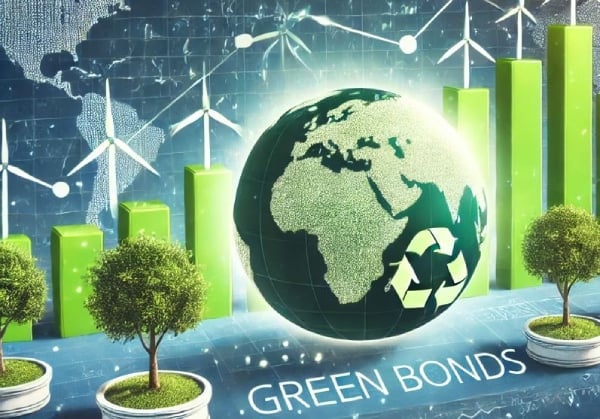
Second, the cost issue. Although the cost of issuing TPX in Vietnam is lower than the regional average, it is still a barrier for businesses, especially when they do not see clear long-term benefits. Fiin Ratings still needs support from domestic and foreign organizations to promote issuance, but the scale is still limited.
"Coordination between the public and private sectors is needed to fill this gap, thereby building a complete TPX ecosystem and attracting more organizations to participate," Mr. Tung Anh emphasized.
Mr. Vu Chi Dung - Head of the Foreign Legal Affairs Department, State Securities Commission, commented that in Vietnam, the scale and quantity of TPX issuance is still modest. Part of the reason comes from the awareness of non-financial organizations - a group that still has limited understanding of financial instruments, as well as how to use capital from TPX for the right purpose.
In addition, we currently lack clear guidelines for green finance – a very important factor for developing economies like Vietnam. It is impossible to ask businesses to “go green immediately” when the investment costs are too high and the short-term goal is still to maintain operations and survive.
According to Mr. Do Ngoc Quynh, there have been some positive signals from policies. Specifically, in Resolution 68 and Resolution 198 of the National Assembly on private economic development and green economy, there has been mention of 2% interest rate incentives for enterprises implementing green projects. However, the current problem is that enterprises are still unclear about how to access that 2% incentive source.
"I think the current policy system is still lacking in synchronization, depth and has not been comprehensively analyzed to build a truly competitive incentive mechanism. Among many development goals, if we identify greening as a strategic priority, the support mechanisms must be superior to other development models," Mr. Quynh said.
According to Mr. Quynh, to promote the TPX market in particular and green finance in general, it is necessary to build a system of synchronous and consistent incentive policies throughout the entire value chain.
If the incentive policy exists but is not attractive enough or does not create a clear comparative advantage, then even if it is issued, it will not create real motivation for participation from businesses, issuers or investors. Then they will choose safer, more effective and accessible solutions.
In addition, it is necessary to simplify administrative procedures, have preferential tax policies, and build a mechanism to ensure secondary liquidity for the TPX market.
"Only when these support policies are designed synchronously and placed in a competitive relationship can we promote the active and sustainable participation of entities in the TPX market," Mr. Quynh emphasized.
Emphasizing the completion of the legal corridor for the TPX market, according to Mr. Vu Chi Dung, the first thing is to have a general definition of "green". Because the legal corridor for financial instruments in general is already available, but to determine whether a financial instrument is truly "green" or not, a specific reference is still needed.
Similarly, related services also need to be clearly defined: is the service provided to the green issuer or another entity?
For investors, when they buy green financial instruments, they want to know which standard the instrument complies with: the green standard of Vietnam, of ASEAN, of CBI, or of another international organization. Each institutional investor has its own standards.
"In the entire ecosystem, there are parts that have legal regulations, and there are parts that need to be supplemented. For example, for organizations providing green appraisal services, we still need to improve. But in the end, the core is still: there must be a set of standards, an official green definition for Vietnam, based on international standards, as a foundation for reference and implementation," Mr. Dung said.
Source: https://doanhnghiepvn.vn/kinh-te/tai-chinh-ngan-hang/trai-phieu-xanh-khong-the-xanh-ngay-neu-chinh-sach-chua-dong-bo/20250626040307735








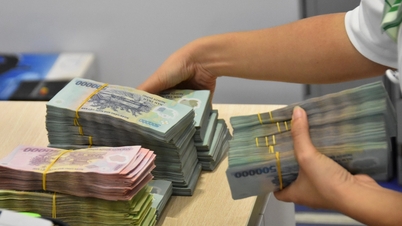

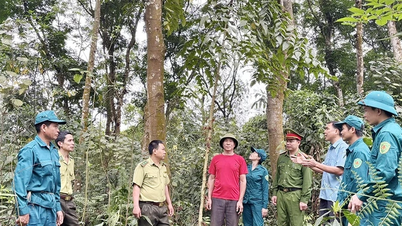

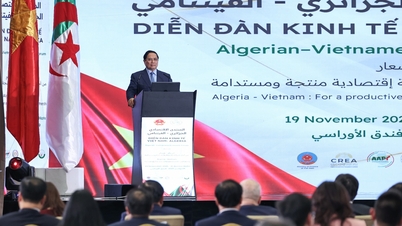







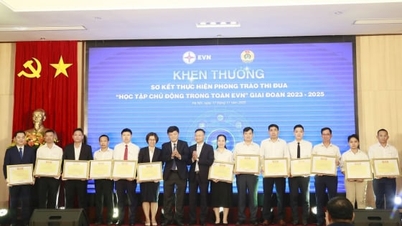












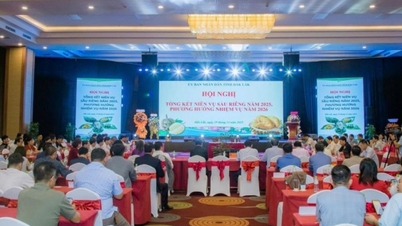
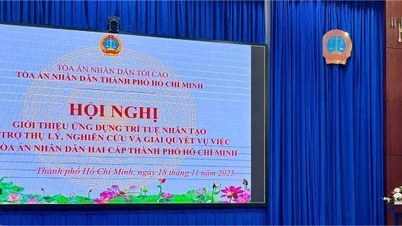
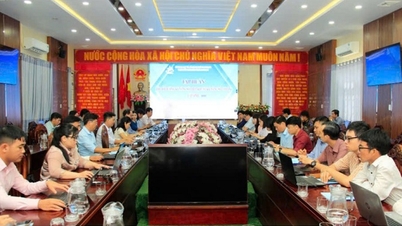










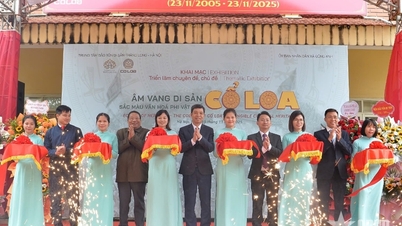




















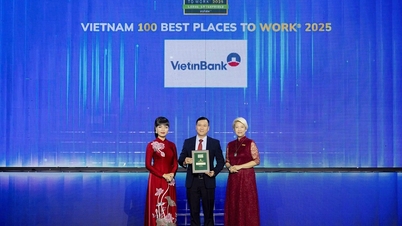
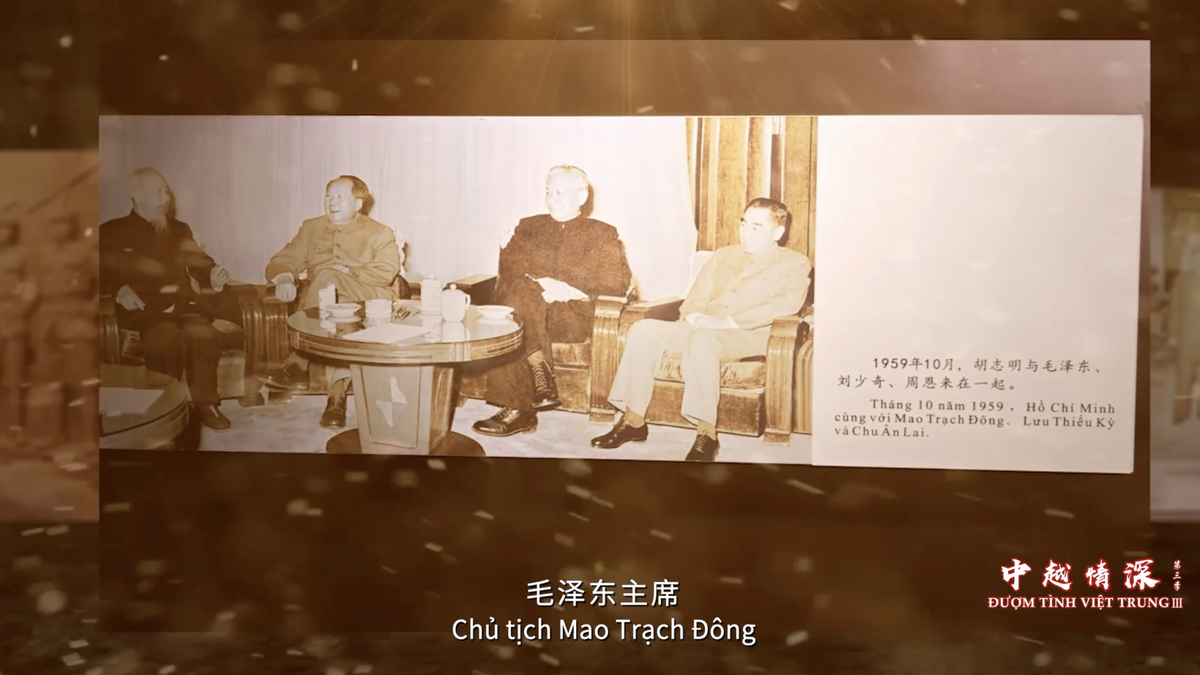
























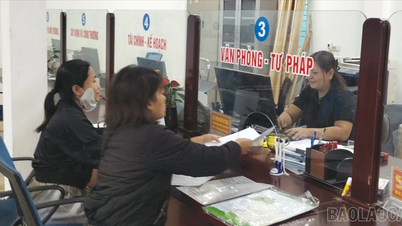



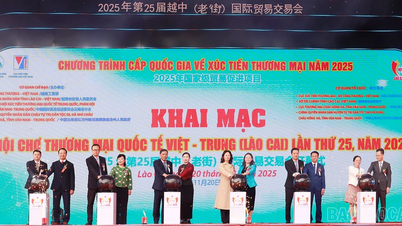

















Comment (0)